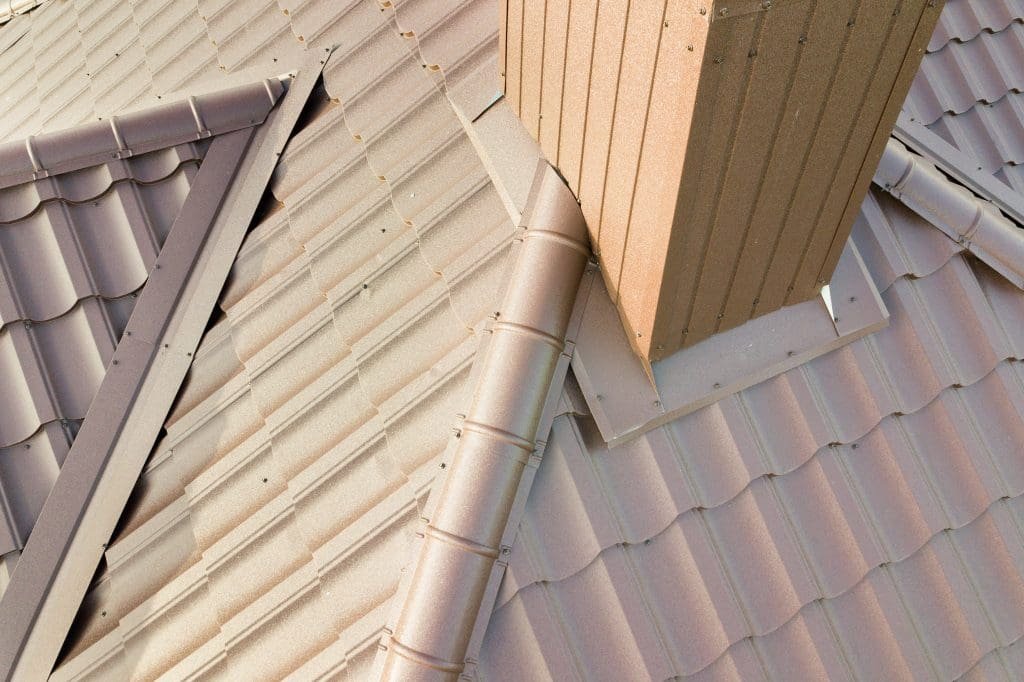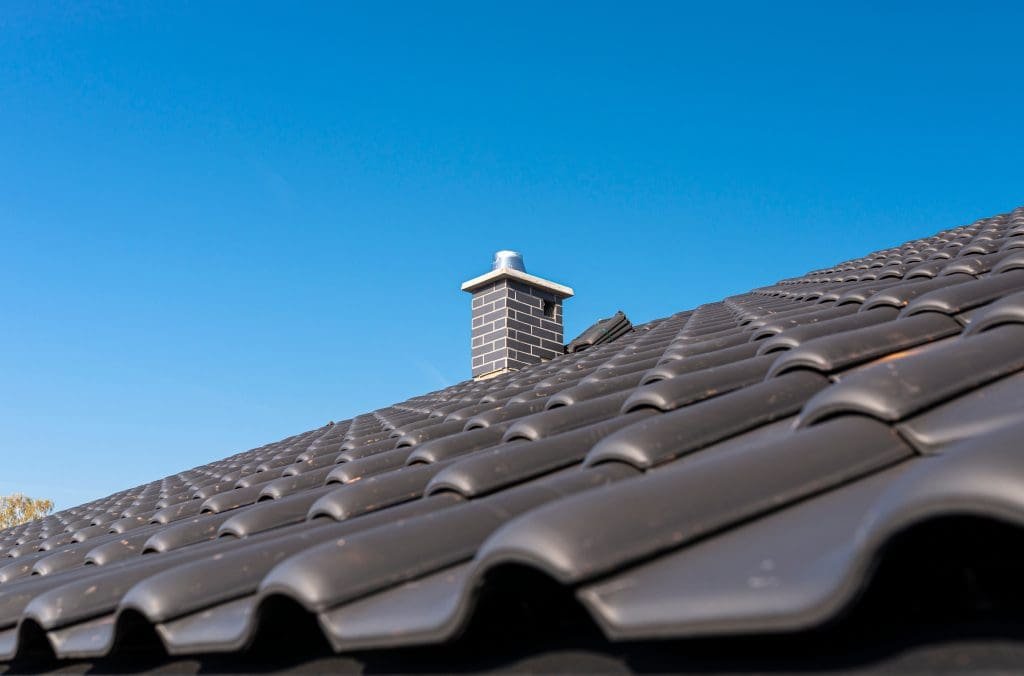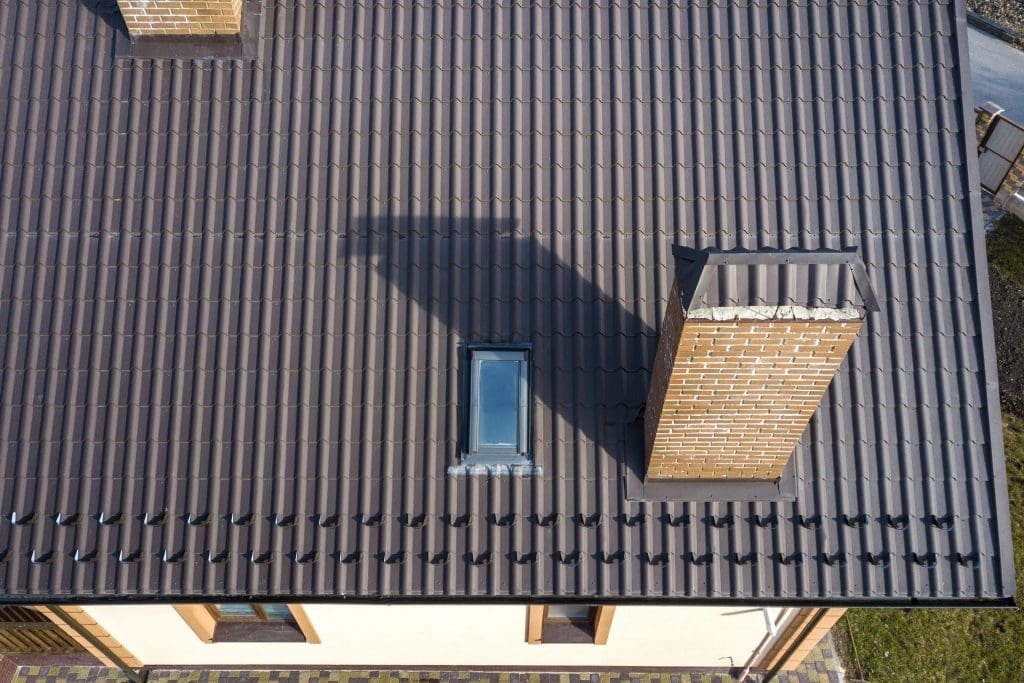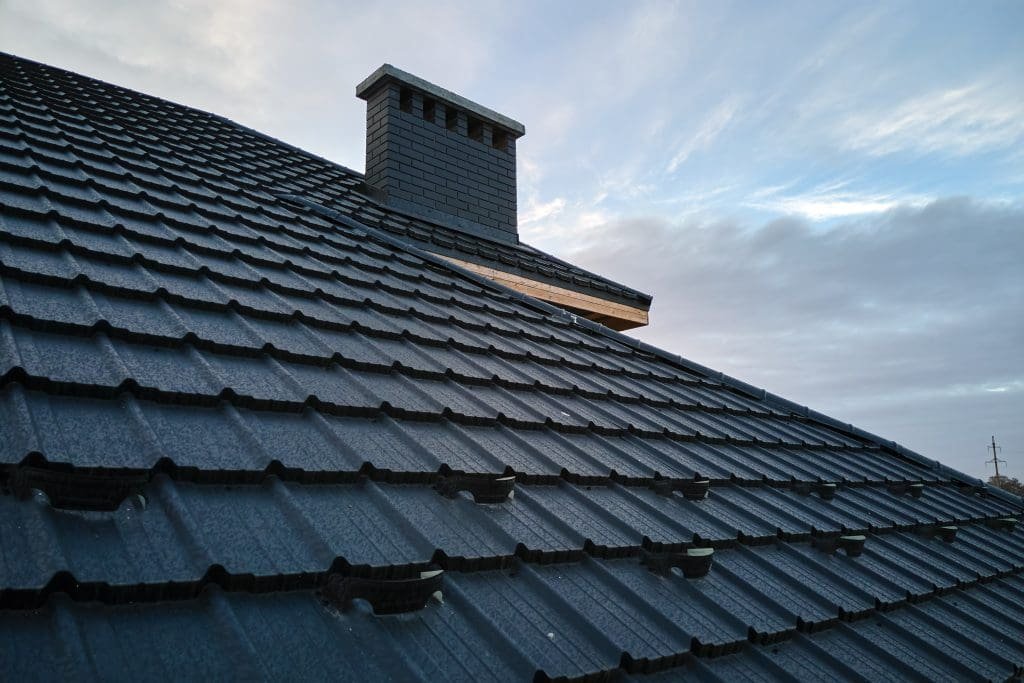Your roof is one of the most critical elements of your home, protecting you and your belongings from the elements. However, roofs don’t last forever. In Martinsburg, WV, where weather can be both humid and wet, understanding when it’s time for a replacement is essential. This article will explore various factors that determine your roof’s lifespan, signs that it may need replacing, the process for a new roof installation, and cost considerations.
Understanding the Lifespan of a Roof
Roofs are primarily built with materials that have different lifespans. As a homeowner, it’s important to know how long your roof is expected to last in order to plan accordingly. A well-maintained roof not only protects your home but also contributes to its overall value. Understanding the nuances of roofing materials and their longevity can help you make informed decisions about repairs and replacements.
Typical Lifespan of Different Roofing Materials
Different roofing materials come with varying expected lifespans. Here are some common materials found in Martinsburg:
- Asphalt Shingles: These are the most common and typically last between 15 to 30 years. They are affordable and come in a variety of colors and styles, making them a popular choice for many homeowners.
- Metal Roofing: Known for its durability, metal roofs can last 40 years or more. They are also energy-efficient, reflecting solar heat and helping to reduce cooling costs in warmer months.
- Slate and Tile: These premium materials offer longevity, often lasting over 50 years. Their aesthetic appeal and resistance to fire make them a favored option for those looking to enhance the architectural beauty of their homes.
- Wood Shingles: These may last 20 to 25 years but can be susceptible to rot and insect damage. However, with proper treatment and maintenance, they can provide a rustic charm that many homeowners desire.
Understanding the lifespan of your roofing material is crucial to determining when you should start planning for a replacement. Regular inspections can help you gauge how much time is left. Additionally, being proactive about repairs can significantly extend the life of your roof, allowing you to avoid costly replacements sooner than necessary.
Factors That Can Shorten Your Roof’s Lifespan
Several factors may impact how long your roof lasts, beyond just the material itself. These include:
- Weather Conditions: Severe weather, such as high winds or hail, can cause immediate damage. Areas prone to heavy snowfall may also experience added stress on roofs, necessitating regular snow removal to prevent structural issues.
- Lack of Maintenance: Regular maintenance is key. Neglected roofs are more likely to develop problems that lead to early failure. Simple tasks like cleaning gutters and checking for missing shingles can make a significant difference.
- Poor Installation: If the roofing materials are not installed properly, this can drastically shorten their lifespan. It’s essential to hire qualified professionals who follow best practices in roofing installation.
- Tree Overhang: Overhanging branches can scrape or damage roofs and trap moisture, which can lead to rot. Trimming back trees not only protects your roof but also helps to improve air circulation around your home.
Being aware of these factors can help you extend the life of your roof as much as possible. Furthermore, understanding your roof’s specific vulnerabilities can guide you in making informed decisions about repairs and upgrades. For instance, if you live in an area with frequent storms, investing in impact-resistant materials may be a wise choice to mitigate potential damage.
Signs That Your Roof Needs Replacement

Knowing the signs of roof damage is crucial for timely replacement. Ignoring these signs can lead to more significant and costly repairs in the future.
Visible Damage to Shingles or Tiles
Take a close look at your roof’s exterior. Cracked, curled, or missing shingles are clear indicators that your roof may need replacing. If you notice significant wear in several areas, it often suggests that the roof’s integrity is compromised. Additionally, granules from asphalt shingles may accumulate in your gutters, indicating that the shingles are deteriorating. This loss of granules not only affects the roof’s appearance but also its ability to protect your home from the elements.
Leaks and Water Damage Inside Your Home
Water stains on your ceiling or walls are a sign of leaks that could indicate your roof’s failure. If you find damp spots, mold, or unusual discoloration, it’s time to investigate further. Catching leaks early on can prevent more extensive damage to your home. Furthermore, persistent leaks can lead to structural issues, compromising the integrity of your home’s framework. It’s essential to address these issues promptly, as they can also pose health risks due to mold growth, which can affect indoor air quality and lead to respiratory problems.
Increased Energy Bills Due to Poor Insulation
If your energy bills have unexpectedly increased, poor insulation due to roof damage could be the culprit. A failing roof may allow air to escape, causing your heating and cooling systems to work harder. Thus, inspecting your roof for wear could lead to not only comfort improvements but also energy savings. In addition, consider the age of your roof; older roofs are often less energy-efficient and may not meet current energy codes. Upgrading to a new roof with better insulation properties can significantly reduce your energy consumption and enhance your home’s overall efficiency.
Presence of Moss or Algae Growth
Another sign that your roof may need replacement is the presence of moss or algae growth. While some homeowners may view this as merely an aesthetic issue, it can actually indicate underlying problems. Moss retains moisture, which can lead to the deterioration of roofing materials over time. If you notice significant growth, it’s advisable to have a professional assess the condition of your roof. Regular maintenance, such as cleaning and treating your roof, can help prevent these growths, but if they persist, it may be time to consider a replacement to protect your home from further damage.
The Process of Getting a New Roof

Choosing to replace your roof is a significant decision. It involves multiple steps, each important for ensuring you get the quality you deserve.
Choosing the Right Roofing Contractor
The first step in the roof replacement process is selecting a reputable contractor. Look for professionals with established credentials and positive reviews from previous clients. Verify that they are licensed and insured to protect yourself from any liability. Additionally, consider asking for references from past projects to gain insight into their workmanship and reliability. A good contractor will be transparent about their processes and willing to answer any questions you may have, ensuring you feel confident in your choice.
Selecting the Best Material for Your New Roof
Once you’ve chosen a contractor, discuss the best roofing materials for your home. Consider factors such as durability, aesthetics, and local weather conditions. A quality contractor can guide you through options based on your specific needs. For instance, if you live in an area prone to heavy snowfall, materials like metal or asphalt shingles may be more suitable due to their ability to shed snow effectively. Furthermore, don’t forget to consider energy-efficient options that can help reduce your utility bills and enhance your home’s overall comfort.
What to Expect During the Roof Replacement Process
Before the work begins, your contractor should provide you with a detailed timeline of the project. During roof replacement, expect noise and debris, so it may be wise to make arrangements for pets and outdoor activities. The typical roof replacement takes a few days, depending on the size of your home and the weather. Throughout the process, your contractor should keep you informed about progress and any unexpected issues that may arise. It’s also important to schedule a final inspection once the work is completed to ensure everything meets your expectations and any local building codes.
In addition to the physical work being done, you might also want to consider how the new roof will affect your home’s overall value. A well-installed roof can significantly enhance curb appeal and potentially increase your property’s market value. Moreover, many roofing materials come with warranties that can provide peace of mind for years to come. Understanding these aspects can help you appreciate the investment you’re making in your home and ensure that your new roof not only protects your property but also contributes positively to its long-term value.
Cost Considerations for a New Roof

Understanding the costs involved in roof replacement helps you budget for this significant home improvement.
Estimating the Cost of a New Roof
The cost of a new roof can vary widely based on material choice, the size of your home, and labor costs. On average, homeowners can expect to pay between $5,000 and $15,000 for a new roof in Martinsburg, WV. Ensure you get several estimates to find a fair price.
Understanding the Factors That Influence Roofing Costs
Several elements can influence the overall cost of your roof replacement:
- Material Type: Higher-end materials like slate or metal will incur higher initial costs.
- Roof Size: Larger roofs require more materials and labor, increasing overall costs.
- Existing Roof Removal: If your existing roof needs to be removed, this adds additional labor costs.
- Accessibility: If your roof is difficult to access, this may lead to higher labor costs.
Financing Options for Your New Roof
Replacing your roof can be a significant investment, but many financing options are available to help homeowners manage this expense. Some companies offer payment plans, while others may accept financing through a home equity loan or personal loan.
Consider discussing financing with your roofing contractor, as they might have partnerships with lending institutions that offer favorable terms. Additionally, some local governments and organizations provide grants or low-interest loans for energy-efficient roofing upgrades, which can help mitigate costs while improving your home’s energy efficiency.
It’s also worth noting that some roofing materials come with warranties that can influence your long-term costs. For instance, while the upfront cost of a metal roof may be higher, its durability and energy efficiency can lead to savings on repairs and energy bills over time. Homeowners should weigh these factors carefully when making their material choices.
In conclusion, understanding when it’s time for a new roof is critical for maintaining your Martinsburg, WV home. By being aware of the lifespan of your roofing material, recognizing signs of damage, and knowing the costs and processes involved, you can make an informed decision that protects your family and investment.





